What to Do If You Have Been Hacked: A Complete Guide to Recover and Regain Control
In today’s digital world, getting hacked is no longer a far-fetched nightmare it’s a real possibility that can happen to anyone. Whether it’s your email, social media, bank account, or your entire device, the feeling is the same: shock, confusion, panic, and helplessness.

But don’t worry this guide will walk you through exactly what to do if you’ve been hacked, how to recover, and how to protect yourself from future attacks. Take a deep breath, and let’s fix this together.
Signs That You have Been Hacked
Before you act, you need to recognize the signs. Here are common red flags:
-
You’re locked out of your account or device
-
Unusual activity (emails you didn’t send, purchases you didn’t make)
-
Friends reporting strange messages from you
-
Unknown logins or password reset notifications
-
Antivirus alerts or sudden system slowdown
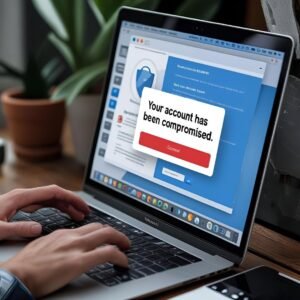
1. Don’t Panic — Take a Moment to Breathe
Being hacked can be scary, but panicking won’t help. Stay calm and take control. The faster you act, the better your chances of minimizing damage.
2. Disconnect from the Internet
The first thing you should do is disconnect your device from the internet (Wi-Fi or Ethernet). This prevents the hacker from accessing your system further or stealing more data.
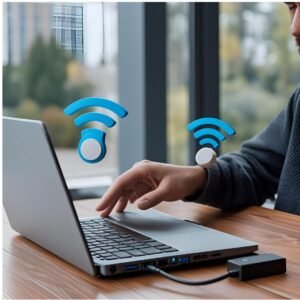
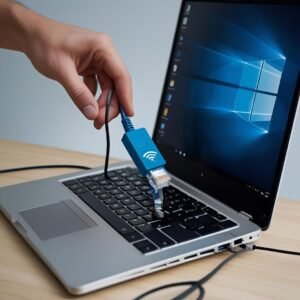
3. Identify What Was Hacked
Ask yourself:
-
Was it a single account (email, social media)?
-
Was it your entire computer or smartphone?
-
Was it a financial breach (credit card, online banking)?
4. Change Your Passwords Immediately
If you can still access the hacked account or related services, change the password immediately. If you can’t log in, use the “Forgot Password” option to reset it.
Also, change passwords for any account that uses the same password, and for important services like banking, email, cloud storage, etc.
🔐 Pro Tip: Use unique, strong passwords for every account. Consider a password manager to help you.
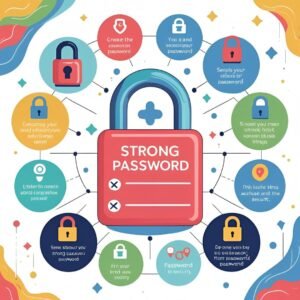
5. Enable Two-Factor Authentication (2FA)
As soon as you get back into your account, enable Two-Factor Authentication (2FA) for extra security. This adds an extra layer of protection — even if someone has your password, they can’t log in without a second verification step.
Enable 2FA on:
-
Email accounts
-
Social media
-
Banking apps
-
Cloud services
6. Scan Your Device for Malware
If your device was compromised, run a full antivirus and anti-malware scan to detect and remove any threats.
Recommended tools:
-
Windows Defender
-
Malwarebytes
-
Bitdefender
-
Norton or McAfee
🧠 Reminder: Malware may include keyloggers, backdoors, or spyware. Don’t skip this step!
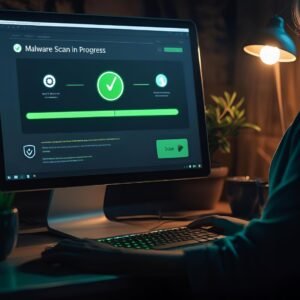
7. Inform Contacts if Necessary
If your email or social media was hacked, the attacker might have messaged your friends, family, or coworkers with malicious links.
-
Notify your contacts not to click on anything suspicious.
-
Apologize and explain you’ve been hacked.
-
Post a quick message or send emails to prevent further spread.
8. Check for Suspicious Activity and Undo Changes
Look through your account activity for:
-
Unknown logins or devices
-
Changed security questions
-
New forwarding rules (in email)
-
Linked third-party apps or extensions
Undo any changes you didn’t make and revoke access to unknown devices or apps.
9. Contact the Service Provider or Support Team
If you can’t recover the account, contact customer support of the affected platform (Google, Facebook, your bank, etc.).
Most providers have a “compromised account recovery” process. Be prepared to verify your identity.

10. Check Your Financial Activity
If you suspect a financial hack:
-
Check your bank statements and recent transactions
-
Block your cards and request replacements
-
Enable transaction alerts
-
Report fraud to your bank immediately
Also, monitor your credit report for any unauthorized loans or credit checks.
🔍 Tip: In India, you can get credit reports from CIBIL, Experian, or Equifax.
11. Report the Incident
Report the hacking incident to relevant authorities:
For Indian Users:
-
National Cyber Crime Reporting Portal:
https://cybercrime.gov.in
Global Options:
-
Local police (for major financial or personal threats)
-
Identity theft bureaus
-
FTC (in the US)
Reporting may help track the hacker and can protect others from being targeted.
12. Secure All Your Other Accounts
Hackers often use one compromised account to get into others. Review and secure:
-
Email (most important)
-
Banking and payment apps
-
Social media
-
Cloud storage (Google Drive, Dropbox)
-
Online shopping (Amazon, Flipkart, etc.)
Reset passwords and enable 2FA on all major accounts, even if they weren’t hacked.
13. Educate Yourself — Learn How You Were Hacked
Understanding how the hacker got in is important for preventing future incidents. Common entry points include:
-
Phishing emails
-
Weak passwords
-
Public Wi-Fi without VPN
-
Outdated software
-
Infected downloads or apps

14. Take Preventive Measures for the Future
Here’s your post-hack checklist to stay safe going forward:
✅ Use a password manager
✅ Turn on 2FA for all critical accounts
✅ Keep software, OS, and antivirus updated
✅ Be cautious of suspicious emails or links
✅ Don’t use public Wi-Fi without a VPN
✅ Backup your data regularly
✅ Educate yourself and your family about cybersecurity
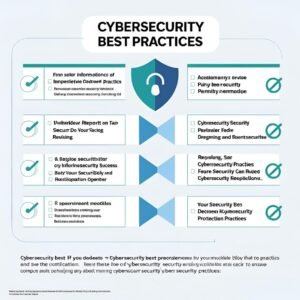
Conclusion: You are Not Alone — But You are in Control Now
Getting hacked is a serious issue, but it’s not the end of the world. With the right steps, you can recover your data, secure your accounts, and make your digital life safer than before.
The internet is like a highway — fast and efficient, but it has risks. Think of your security measures as the seatbelt and airbags. You may not always avoid every threat, but you can definitely reduce the damage.
✅ Summary: Steps to Take if You’ve Been Hacked
-
Stay calm
-
Disconnect your device from the internet
-
Identify the type of hack
-
Change passwords
-
Enable 2FA
-
Scan for malware
-
Inform contacts
-
Check account activity
-
Contact service provider
-
Check bank activity
-
Report the incident
-
Secure all accounts
-
Learn from the incident
-
Take long-term preventive steps
Bonus Tip: Bookmark this page 📌
You never know when this knowledge might help you or someone you care about.
Want to read this in Hindi? Click here!
Pingback: अगर आपका अकाउंट हैक हो जाए तो क्या करें